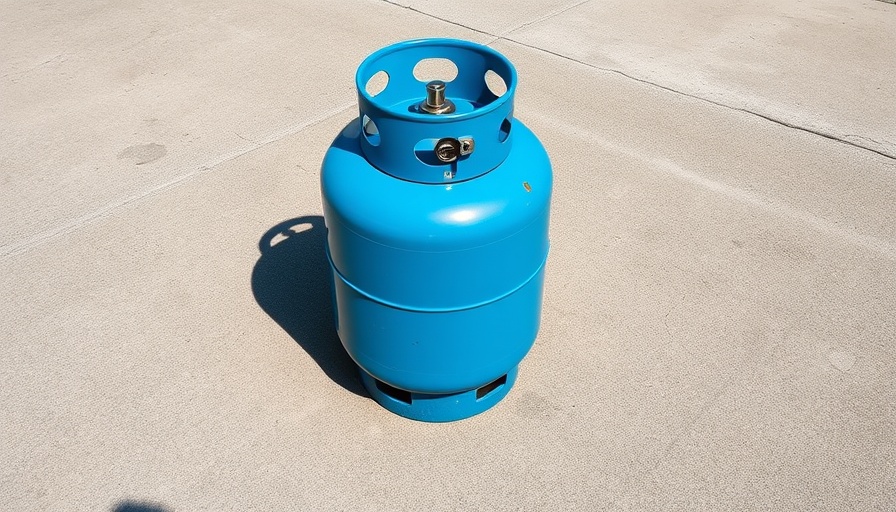
Protecting Your Belongings: Why Winter Storage Matters
Winter can be unforgiving, especially for items stored in your garage. As temperatures drop, the uninsulated and poorly ventilated environment of a typical garage becomes unsuitable for many household goods. From paints to propane tanks, understanding which items should not be stored in this space during the cold months is crucial for both safety and maintenance.
Common Items to Avoid Storing in Your Garage During Winter
According to home inspection expert Ruben Saltzman, the rule of thumb is simple: if you wouldn't leave something outside in January, don’t let it sit in your garage. Here are important items to keep out of your garage:
1. Propane Tanks and Oily Rags
Propane tanks, essential for grills and heaters, should be kept outdoors in an upright position, avoiding enclosed spaces like garages to prevent gas leaks. Additionally, oily rags shouldn't be stacked in your garage — they pose fire hazards due to spontaneous ignition. Always dispose of them separately after use.
2. Gasoline
Storing gasoline in your garage is risky due to potential leaks from contracted containers during cold spells. Gas can absorb excess moisture and go stale, making it unreliable for spring tasks. Instead, drain fuel from lawn equipment before winter and plan to purchase fresh gas when warmer weather returns.
3. Paints and Cleaning Chemicals
Many people are unaware that paints and solvents face integrity issues in colder temperatures. Water-based paints are particularly vulnerable as the water can freeze. To ensure usability come spring, store such materials in warm locations inside your home. Cleaning chemicals can also degrade in fluctuating temperatures, so aim for a consistent, cool environment.
Maximizing Garage Safety
While there’s much to consider regarding what not to store, it’s equally important to focus on safety measures for all items left in the garage. Keeping your garage robust for winter requires diligence.
1. Clear Out and Organize
Like preparing for any season, begin with decluttering your space. Categorize tools, holiday decorations, and seasonal equipment. This helps identify what you may need or no longer want, fostering an organized environment conducive to safety.
2. Invest in Smart Storage Solutions
Installing wall-mounted shelving or organizing bins can help maximize your garage space while keeping your family’s belongings safe from winter hazards. Proper organization allows for quick access to essential winter gear, like snow shovels or ice scrapers, while keeping your vehicle protected.
Common Misconceptions: What You May Think is Safe
Many homeowners believe that leaving items like food or electronics in the garage is harmless. However, items like canned food could explode or lose quality when frozen. Electronics can suffer damage in extreme temperature fluctuations, so bring them indoors during the winter months.
The Best Practices for Winter Garage Maintenance
Maintaining your garage during winter isn't just about what to store. Embrace routine upkeep such as sweeping away debris, checking for moisture signs, and ensuring proper ventilation. Regular cleaning will prevent potential hazards and make it easier to locate your tools and seasonal items.
Conclusion: Creative Solutions for Safe Winter Storage
Knowing what to avoid and the best practices for winterizing your garage not only protects your belongings but optimizes your space for safety and accessibility. As you prepare your garage for the colder months ahead, consider taking proactive measures to keep your family and home safe.
Take Action: Prepare Your Home for Winter Now!
Winter is a time for family, festivities, and warmth. Ensuring your garage is ready can enhance those cozy months spent indoors. Embrace the helpful tips provided to create an inviting space conducive to comfort and safety year-round.
 Add Row
Add Row  Add
Add 



Write A Comment